Fluke 80TK Manual
Fluke
Ikke kategoriseret
80TK
| Mærke: | Fluke |
| Kategori: | Ikke kategoriseret |
| Model: | 80TK |
Har du brug for hjælp?
Hvis du har brug for hjælp til Fluke 80TK stil et spørgsmål nedenfor, og andre brugere vil svare dig
Ikke kategoriseret Fluke Manualer

25 November 2025

19 November 2025

19 November 2025
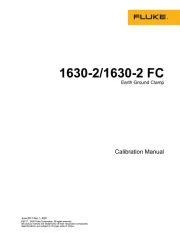
25 August 2025
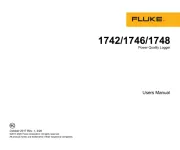
2 August 2025
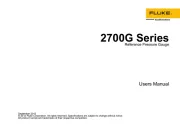
2 August 2025
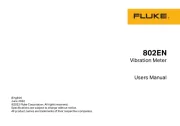
2 August 2025
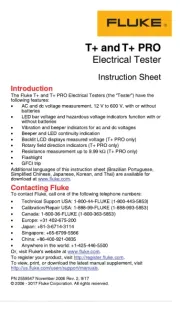
2 August 2025
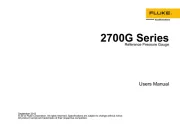
2 August 2025
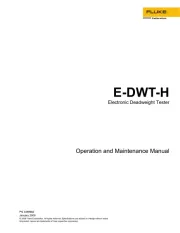
2 August 2025
Ikke kategoriseret Manualer
- Franken
- DeLonghi
- GUS
- View Quest
- Highpoint
- Dimavery
- SatKing
- Atomi Smart
- Lasita Maja
- Zoofari
- Skan Holz
- TVS
- Satel
- Orima
- Powerblade
Nyeste Ikke kategoriseret Manualer

5 December 2025

5 December 2025

5 December 2025

5 December 2025

5 December 2025

5 December 2025

5 December 2025

5 December 2025

5 December 2025

5 December 2025
